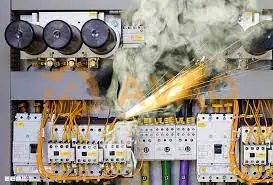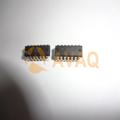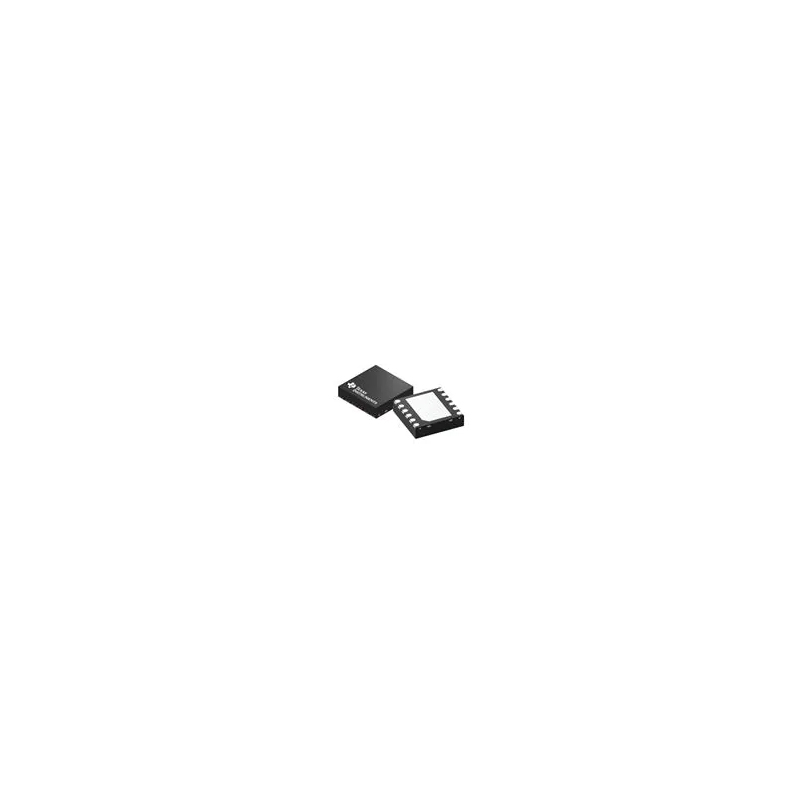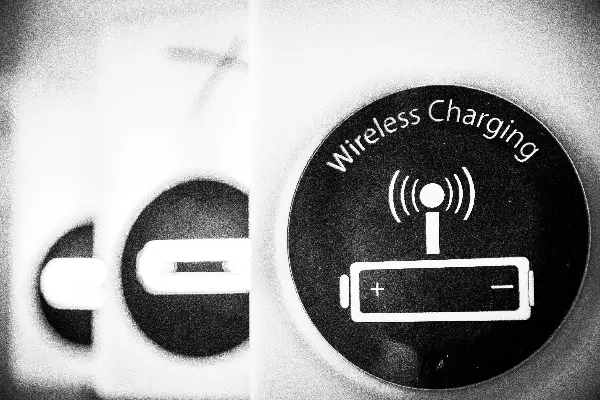Battery Power Rail Protection Solution for Handheld Electronics
 Veröffentlicht: Apr 26, 2023
Consumer Electronics
Aktie:
Veröffentlicht: Apr 26, 2023
Consumer Electronics
Aktie:
Because of the Internet of Things for the convenience of daily life, to make the use of electronic products and more convenient to carry, the product design engineers continue to challenge in a smaller PCB space and higher integration of electronic circuits to complete a more complete product function. For example, cell phones, smart wearable devices, wireless headphones, e-cigarettes, and even the much-anticipated AR glasses, all use 0201 small package components as the mainstream of electronic circuit design, and even higher integration of System-in-Package (SiP) applications have become common.
Battery Power Rail's ESD/Surge Protection Needs
Whenever users power on electronic products, power spikes often appear on the power rail, or when users disassemble the battery, it will also expose the battery power rail of electronic products to the risk of electrostatic interference or even destruction, so product development engineers will design their own products for such surges ( ESD, Surge Spike) to improve product reliability. In addition, IEC61000-4-2 ESD protection verification and IEC61000-4-5 EOS testing are conducted during the product engineering stage to ensure that the product itself can adapt to the various environments in which users are located by using the results of severe surge simulation.Challenges faced by the electronics industry for different countries' climatic environments
In order to adapt to local climatic conditions when selling electronic products to different countries, each brand factory will use more stringent testing conditions to simulate the type of surge that users may encounter in their environment. For example, cell phone products are often designed to be sold in dry climates or in environments with unstable power supplies, so they are subjected to more stringent IEC61000-4-5EOS tests for Battery Power Rail and USB Charger VBUS during the design verification phase to prevent products from causing higher defective returns in harsher environments. To pass the High Level IEC61000-4-5EOS test, product design engineers often select TVS at Battery Power Rail and USB Charger VBUS so that ESD and Surge Spike are blocked by the TVS when they come in from outside. However, due to the limited PCB area of handheld electronics, small package TVS components on the market are often unable to withstand high inrush currents due to the limitations of Die Size. This also makes it necessary for product design engineers to consider selecting TVS components in larger packages to pass the stringent EOS tests, i.e., they must make trade-offs between the size of the product PCB area and the high ESD/Surge tolerance. How to meet the requirement of less PCB area and high ESD/Surge tolerance at the same time often becomes a problem for engineers in product design.

Design Scenery for Surge Protection Device for Battery Power Rail
The ideal TVS for Battery Power Rail should not only have high inrush withstand current, but also Leakage Current (reverse leakage current) is an important parameter to achieve lower power consumption to provide higher battery life for electronic products. In addition to the tolerance and leakage current of the TVS itself, the most important parameter for the TVS is the clamping voltage. In order to ensure that the TVS plays a good role in protection, the first thing to do when selecting a TVS is to ensure that the clamping voltage is low enough so that the TVS is not damaged, but the protected main chip is still damaged by the electrostatic shock, thus losing the purpose of adding ESD protection components.
When selecting TVS components for Battery Power Rail, many engineers choose a higher VRM TVS to prevent the risk of misconducting the TVS due to the unstable voltage of each battery. However, a higher VRWM solution means higher VBD (breakdown voltage) and Vclamp (clamping voltage) performance, and engineers are often caught in a dilemma on how to design the specification with both operating voltage margin and good TVS clamping voltage.
The last is the directionality of TVS. Since the battery power rail is DC voltage, ideally a unidirectional TVS would be chosen to bring faster negative conduction speed and better negative clamping voltage. However, in the early days of mass production of electronic products on the production line, occasionally encountered 0201 small package components on the SMT reverse trouble, and forced engineers to design compromise on the use of bi-directional TVS to avoid the risk. Because of this development trend, the market is still dominated by bidirectional components of 0201 small package TVS components.

Produkte empfehlen
Related Solutions
-
![NXP Introduces High-Power Wireless Charging Solution for Laptops and 2-In-1 Tablets]()
NXP Introduces High-Power Wireless Charg...
NXP Semiconductors announced the first high-power wireless charging solution for notebooks and 2-in-...
Apr 28, 2023 Unterhaltungselektronik -
![Multifunctional Street Light Automatic Control Circuit Solution]()
Multifunctional Street Light Automatic C...
The street light automatic controller is suitable for the automatic control of street lights in resi...
Apr 26, 2023 Unterhaltungselektronik -
![How Can IoT Solution Providers Build a Secure IoT System at Different levels?]()
How Can IoT Solution Providers Build a S...
The Internet of Things (IoT) has been attracting a lot of attention in the industry for its security...
Apr 25, 2023 Unterhaltungselektronik -
![ADI Proposes a Solution for Servo Motor Control]()
ADI Proposes a Solution for Servo Motor ...
For motor control solutions, ADI offers a comprehensive portfolio of products, including analog-to-d...
Apr 25, 2023 Unterhaltungselektronik -
![IoT Transforms and Adds Value to Consumer Electronics Industry]()
IoT Transforms and Adds Value to Consume...
The Internet of Things (IoT) is taking consumer electronics to another level and could lead to the n...
Apr 26, 2023 Unterhaltungselektronik -
![Texas Instruments Programmable Logic and Automation Controller (PLC/PAC) Solutions]()
Texas Instruments Programmable Logic and...
Programmable logic controllers (PLCs) and programmable automation controllers (PACs) process and con...
Apr 26, 2023 Unterhaltungselektronik


 Updatezeit: Apr 26, 2023 Unterhaltungselektronik
Updatezeit: Apr 26, 2023 Unterhaltungselektronik








